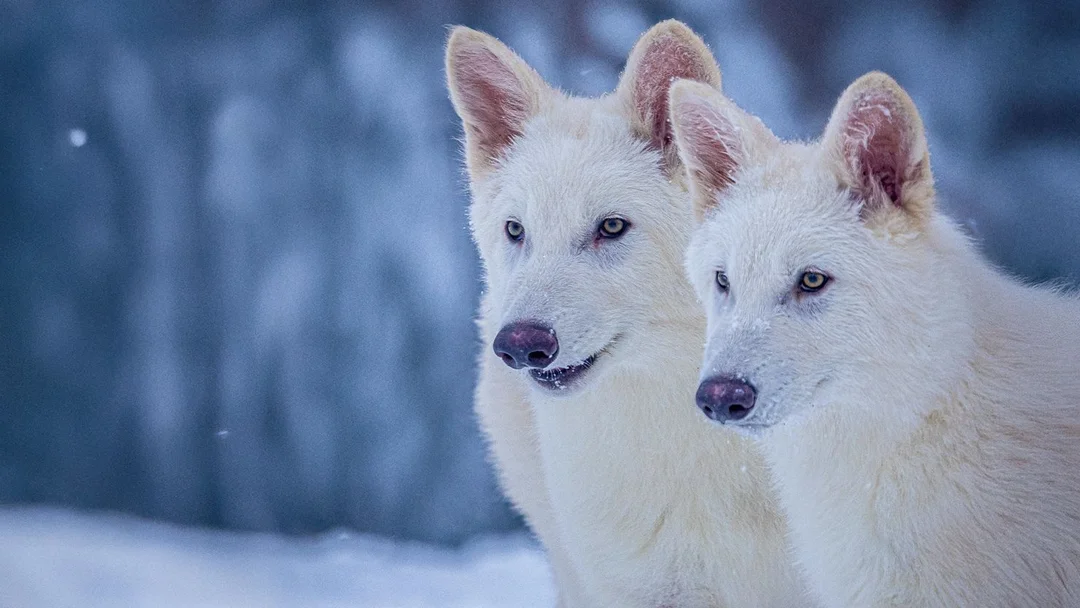
Colossal Biosciences Aims to Revive the Dire Wolf Through De-extinction Efforts
Colossal Biosciences, a company focused on de-extinction, has announced ambitious plans to bring back the extinct dire wolf. The initiative, which aims to reintroduce the prehistoric predator to the modern world, has sparked both excitement and controversy among scientists and the public.
The dire wolf, known from the Pleistocene epoch and famously depicted in popular culture, such as in the TV series 'Game of Thrones,' roamed North America until about 13,000 years ago. Colossal Biosciences plans to use advanced genetic technologies to recreate the species, potentially altering ecosystems and biodiversity.
The project has raised ethical questions about the implications of de-extinction. Critics argue that resources might be better spent on conserving existing species and habitats. However, proponents believe that reviving extinct species could offer insights into evolutionary biology and help restore lost ecological functions.
Colossal Biosciences, previously known for its efforts to revive the woolly mammoth, is now expanding its focus to include the dire wolf. The company's CEO, Ben Lamm, expressed optimism about the project's potential to contribute to scientific understanding and conservation efforts.
Detailed Colossal Biosciences resurrects the dire wolf
Related issues news
What is a dire wolf?
Dire wolves are large extinct canines (Aenocyon dirus) that lived in the Americas until around 10,000 years ago. The animals looked like large wolves with white coats. They were made famous by the Game of Thrones TV series – hence the name Khaleesi, after a main character in the show.
Are there dire wolves today?
Its reliance on megaherbivores has been proposed as the cause of its extinction, along with climatic change and competition with other species, or a combination of those factors. Dire wolves lived as recently as 10,000 years ago, according to dated remains.
When were the Dire wolves born?
Shapiro's team used surrogate dogs -- which have since been adopted through the humane society -- to help give birth to the dire wolves and Colossal says no animals were harmed in the process. Two of the dire wolves were born late last year, while the third arrived in early 2025.
Why are dire wolves extinct?
The leading hypothesis to explain their extinction is that, owing to their larger body size compared with grey wolves and coyotes, dire wolves were more specialized for hunting large prey and were unable to survive the extinction of their megafaunal prey12,13,14.


